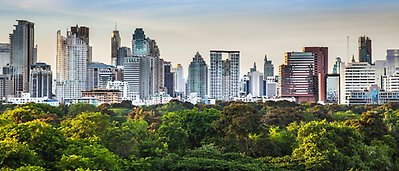Land cover transition in northern Tanzania
Summary
Land conversion in sub-Saharan Africa has profound biophysical, ecological, political and social consequences for human well-being and ecosystem services. Understanding the process of land cover changes and transitions is essential for good ecosystem management policy that would lead to improved agricultural production, human well-being and ecosystems health.
This study aimed to assess land cover transitions in a typical semi-arid degraded agro-ecosystems environment within the Pangani river basin in northern Tanzania. Three Landsat images spanning over 30 years were used to detect random and systematic patterns of land cover transition in a landscape dominated by crop and livestock farming.
Results revealed that current land cover transition is driven by a systematic process of change dominated by the following: (i) transition from degraded land to sparse bushland (10·8%); (ii) conversion from sparse bushland to dense bushland in lowland areas (6·0%); (iii) conversion from bushland to forest (4·8%); and (iv) conversion from dense bushland to cropland in the highlands (4·5%). Agricultural lands under water harvesting technology adoption show a high degree of persistence (60–80%) between time slices. This suggests that there is a trend in land-use change towards vegetation improvement in the catchment with a continuous increase in the adoption of water harvesting technologies for crop and livestock farming. This can be interpreted as a sign of agricultural intensification and vegetation regrowth in the catchment. Copyright © 2015 John Wiley & Sons, Ltd.






